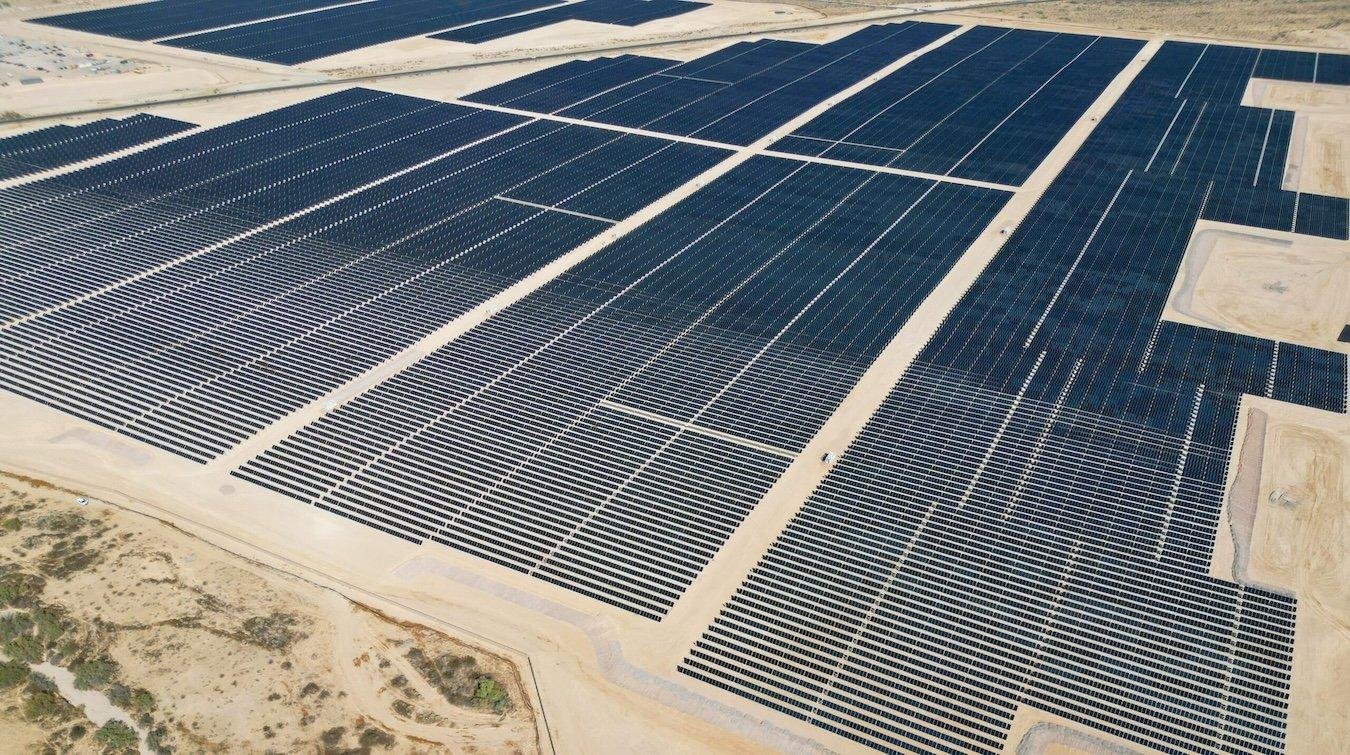Business
U.S. Solar Manufacturers Struggle to Keep Up with Soaring Market Demand

The demand for renewable energy in the United States continues to surge, with solar panel installations in 2024 surpassing those of 2023, which had already exceeded 2022 levels. Nonetheless, trade policies remain unsettled, and high tariffs on imported solar panels threaten to create supply shortages.
An expert in solar energy development has highlighted that U.S. manufacturers currently fall short of meeting domestic energy needs. Despite efforts fueled by industry investments and federal tax credits, recent governmental decisions have introduced unpredictability into the market.
In 2024, U.S. installers successfully deployed enough solar panels to generate 50 gigawatts of electricity, a quantity sufficient to power New York City for an entire year. However, domestic manufacturing output remains limited, with only 4.2 gigawatts produced in the first half of the year—a promising 75% increase from the same period the previous year, but at prices roughly threefold higher than imports.
A closer examination of imports reveals that developers have accumulated a significant number of solar panels, potentially stockpiling for forthcoming projects. The majority originated in Asia, notably from Malaysia, Vietnam, and Thailand, with U.S.-made panels often containing overseas components. China dominates the photovoltaic wafer market, producing about 97% of global supply.
The future impact of proposed U.S. trade policies on the solar sector remains uncertain. Manufacturing in the U.S. has been on an upward trajectory, following years of government support aimed at bolstering local production. However, increasing tariffs on imports could exacerbate costs within the sector.
Domestically, solar panel production has expanded eightfold since 2010. Despite this growth, U.S. panels remain pricier than their foreign counterparts, averaging 31 cents per watt compared to just 11 cents for imports. Domestic manufacturers are striving to lower costs while benefitting from ongoing, tariff-based protection.
All these factors have led to a heightened reliance on imports to satisfy increasing U.S. demand for solar photovoltaic modules. Tariffs initiated in 2018 aimed to stimulate local production, but these measures have also inflated installation costs, rendering the U.S. market less competitive compared to international pricing.
The imposition of tariffs has shifted the origins of solar panel imports from traditional suppliers like China and Taiwan to countries such as Malaysia and South Korea. Manufacturers are also exploring production options in locations like Singapore and Germany to gain easier access to the U.S. market, while Chinese firms are investing in U.S. solar enterprises to utilize federal incentives and evade tariffs.
New tariffs proposed under the Trump administration specifically target solar components from Southeast Asian nations. These could include alarming increases, like a 375% tariff on Thai products and a staggering 3,500% levy on Cambodian imports. While U.S.-made panels may become cheaper, the reduced availability of all solar panels risks escalating costs, forcing some developers to halt or postpone installations in response to soaring expenses.
Investment in the U.S. solar panel industry has surged significantly, mainly due to the Biden administration’s Inflation Reduction Act, enacted in 2022. This legislation has facilitated the addition of over 95 gigawatts of manufacturing capacity across the solar supply chain, allowing for yearly production levels that could exceed existing capabilities by nearly 42 gigawatts. Much of this growth is concentrated in Texas and Georgia, although shifting governmental priorities and trade policies may add layers of uncertainty to this burgeoning sector.


















